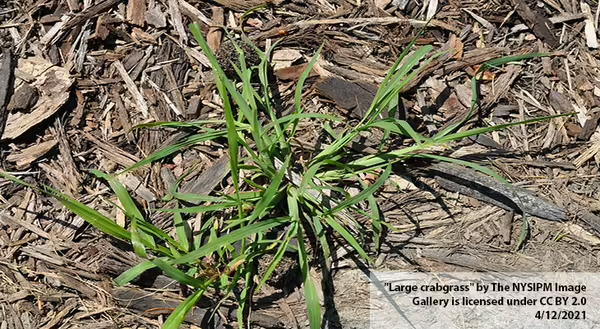
If you're like me, while performing spring clean-up around the yard, you may realize some lawn care is also needed!
Here are some helpful tips for the season:
- As grass begins to grow, make sure your mower is serviced and blades are sharpened.
- Set the deck at a height of 2 to 2.5 inches for cutting. Any shorter allows weeds to germinate. Anything taller can prohibit grass from drying completely and promote disease.
- Remove no move that 1/3 the turf height in one session.
Though I personally don’t mind the violets, dandelions, and clover in my own lawn, broadleaf control is a consideration for many. Another common lawn weed is crabgrass, which is not a broadleaf but absolutely a nuisance. Crabgrass germinates when soil temperatures are 55 degrees for 7-10 consecutive days- a range with which we are currently flirting. Because crabgrass requires space and light to germinate, a thick and healthy established turf will help prevent crabgrass germination and growth.
Early April and again in mid-May are great times to use a crabgrass preventer- some products will help with other lawn weeds, too. If you have already put down grass seed, it may be best to allow it to grow enough to mow at least once before applying crabgrass preventer. If you are overseeding, it may be best to use a grass mixture as opposed to one species of grass seed. Though late summer through early fall is the best time to establish grass seed, April still affords some time to establish a lush, green lawn.
For more information, see our Lawn Talk website, but keep in mind it is aimed toward northern Illinois; here in central Illinois we are two weeks ahead.
To have all your lawn and garden-related questions answered, submit an inquiry to our Master Gardener Help Desk.